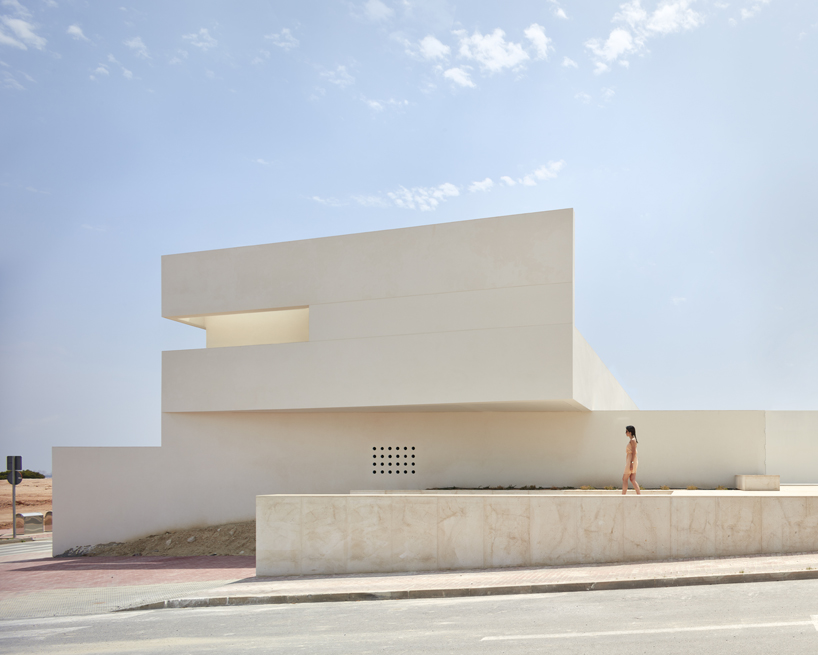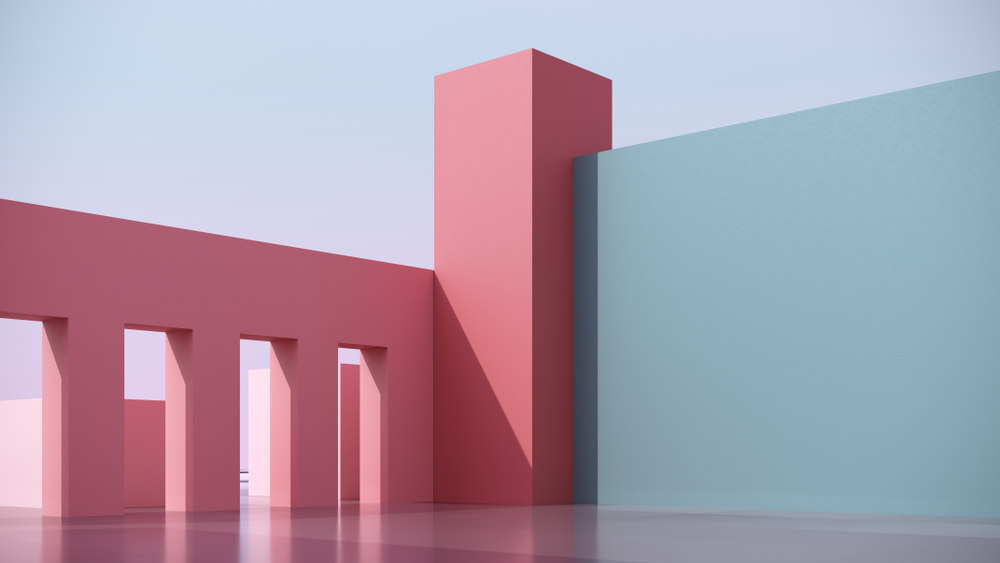The definition of minimalism is the use of the fewest possible elements in a style or design to achieve the greatest possible result. Artwork with straightforward lines, few colors, and thoughtful arrangement of those colors were the forerunners of minimalism.

The use of straightforward design components without ornamentation or decoration is a feature of minimalist architecture, also known as minimalism. Minimalists contend that the true essence of architecture can be discovered by reducing a design’s form and content to its bare minimum.

Among the characteristics that can help us identify minimalist architecture are the following:
- very few to no decorative elements.
- Palettes of neutral colors.
- materials that are plain and simple, like glass, stone, and concrete.
- For order, repeating geometric shapes and clean lines is common.
- Maximizes visual impact with the fewest number of items possible by utilizing structure, shape, light, and space.
Simplicity in architecture lets the viewers experience and capture the work immediately. And this makes me reflect on how that not everything has to look extravagant to look good, that there is always beauty in simplicity, minimalism, and clarity, and that there is never a necessity for sophistication all the time.


